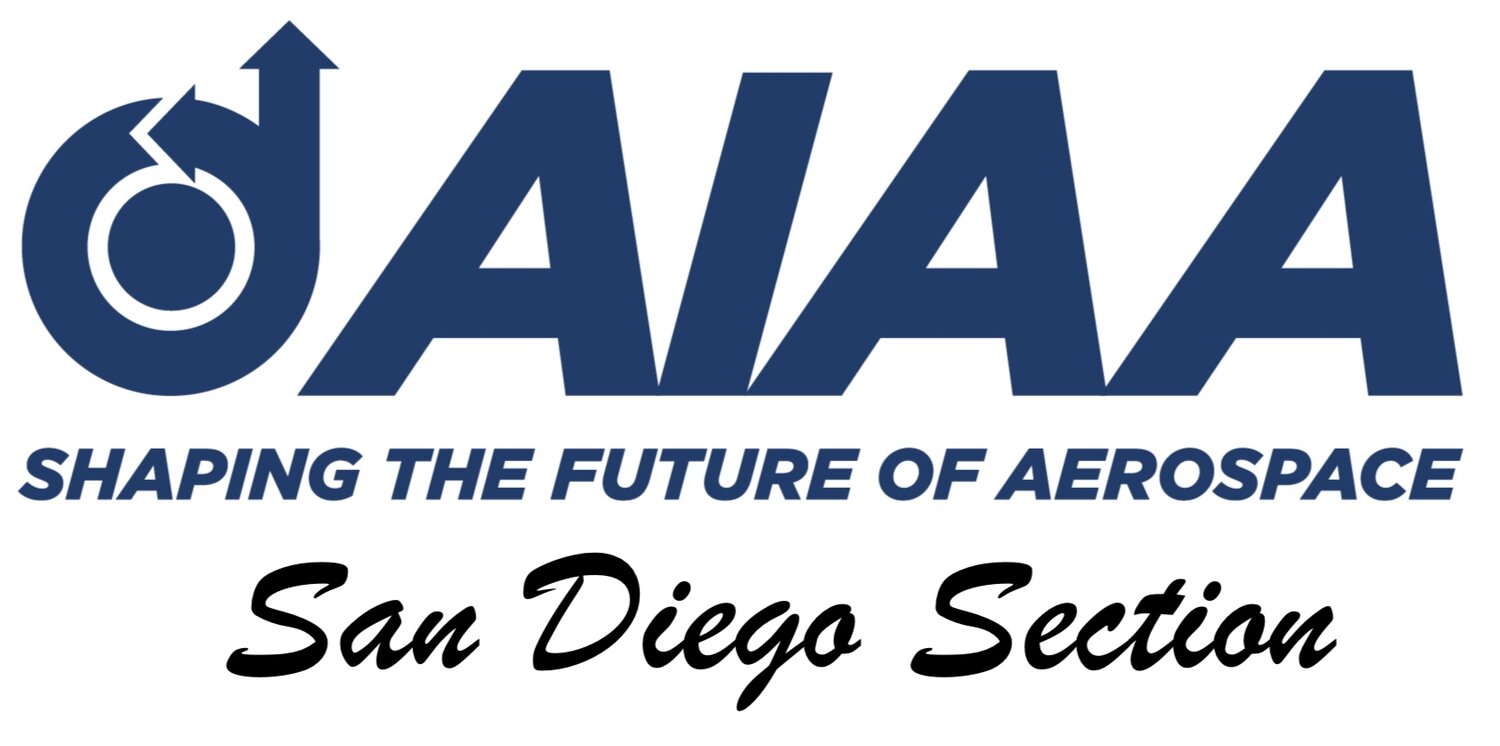Early Students of the Flying School
The San Diego Aero Club sponsored a second air meet on 26 and 27 January 1911 at the Polo Grounds on Coronado Island. Three aviators from the Curtiss School thrilled a crowd of 10,000 with races, spiral dips, and other aerial gymnastics. Following the aviation meet, instruction formally began at the Curtiss school. Curtiss brought to the school four biplanes. Three were the sixty horse power eight cylinder engine models similar to the Golden Flyer that Curtiss flew in 1909 when he won the Gordon Bennett Trophy at Rheims. The other was a small training plane designed for ground work. Each student was required to master the basics of aerodynamics and the mechanical workings of an airplane. To attract students, the Curtiss Aeroplane Company placed advertisements in such national magazines as Aero and Aeronautics and the Los Angeles monthly, Aviation, and the advertisements promoted the school as “the only safe and sane method.” Tuition was expensive (around $500), but the tuition was directly applicable to the purchase of an airplane. Thus Curtiss was able to attract a diverse group of students for the 1911-12 class.
Students of the 1911-1912 Class
Mohan Singh was originally from the village of Himmatpura in the Punjab region of present-day northwest India, Singh arrived in the United States in 1906, and worked as a domestic servant in Chicago for several years before becoming enthralled with aviation and enrolling in the Curtiss school. Two years later he earned brevet #123, becoming the first licensed pilot from India. Although it was reported that in May 1912, Mohan Singh, the “Flying Hindu” purchased a seaplane and returned to India; it is reported elsewhere that he then travelled to Hammondsport, New York where he worked for Curtiss as a pilot and that in 1913, Singh was one of the few people not related to Glenn Curtiss to join him as he promoted his wares across Europe in the lead-up to World War I.
Motohisa Kondo and Kono Takeishi, became the first Japanese to quality for an aviator's license under the rules of the Aero Club of America, and although it was reported that they returned to Japan to give instruction to others; it was reported elsewhere that Motohisa Kondo had traveled to Hammondsport to meet a couple of Japanese army officers who were learning to fly there, and he died on 6 October 1912 while making an experimental flight in a Kirkham type of machine that was manufactured about ten miles south of Hammondsport. Kono Takeishi was a student at Utah State University who traveled to California to work at the celery farms in order to earn some extra cash. The local Japanese-Americans in the Wintersburg and Smeltzer, California area invested $25 each in an aviation company called the Smeltzer Flying Company to put Takeishi through the flying school and buy him a Curtiss plane for a total of $4,000. Takeishi died in early May 1913 flying back to Kyoto from an aviation meet in Osaka in a white monoplane.
Although Harriet Quimby, a journalist-turned-aviator, received Aero Club of America license number 37 on 1 August 1911, three more women joined her ranks as early aviatiors. Julia Clark enrolled in the Curtiss aviation school, as well as Lillian Janeway Atwater and her husband Bill, and another married couple.
Captain George Capistini, the Greek Army pilot, returned to Greece to give instruction. We have not found any further information on Captain Capistini.
